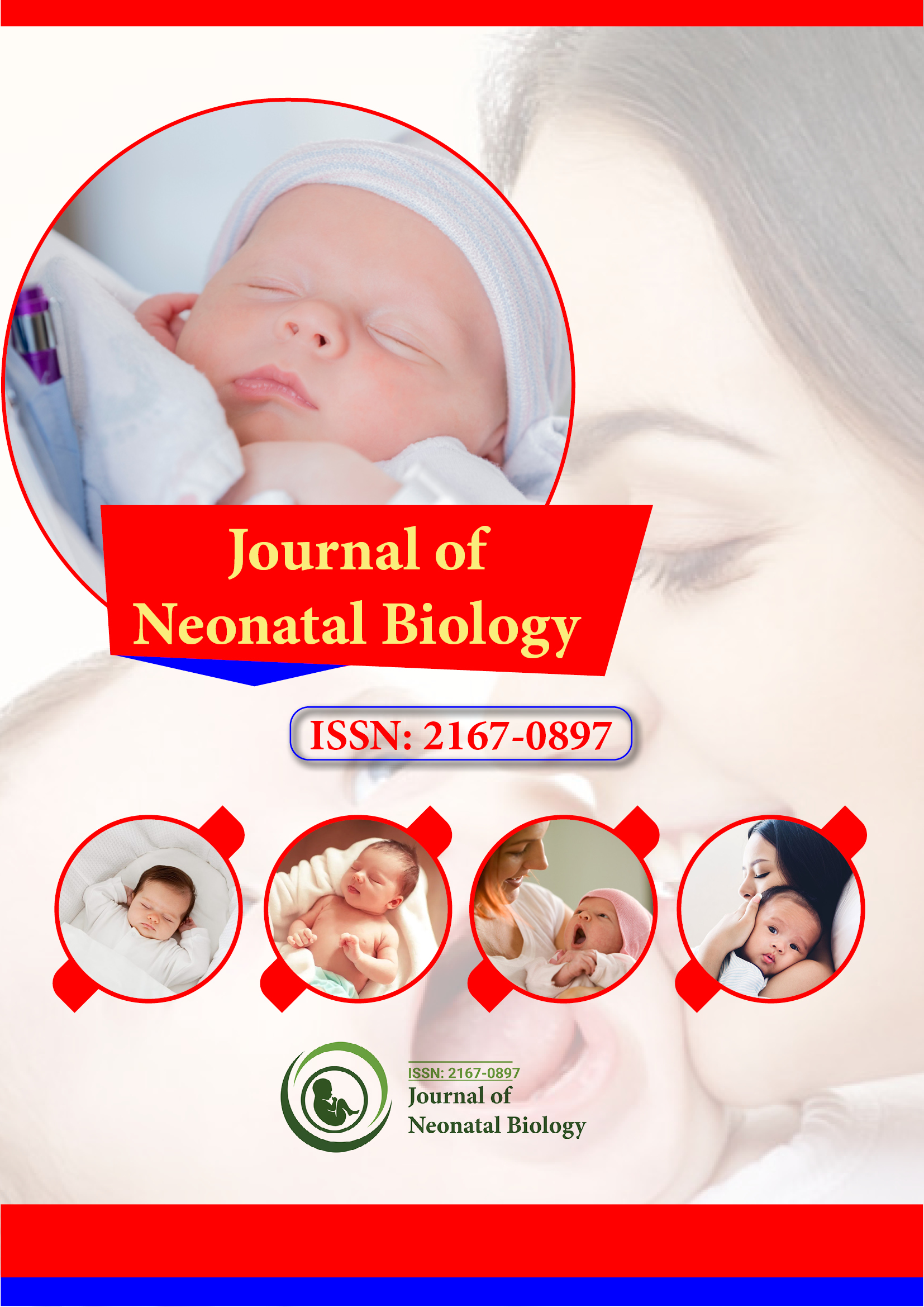索引于
- Genamics 期刊搜索
- 参考搜索
- 哈姆达大学
- 亚利桑那州EBSCO
- OCLC-WorldCat
- 普布隆斯
- 日内瓦医学教育与研究基金会
- 欧洲酒吧
- 谷歌学术
分享此页面
期刊传单

抽象的
Impact of Skin Lesions on Morbidity and Mortality in Extremely Premature Infants in One Tertiary Center in Southern Japan
Naoshi Yamada, Yuki Kodama, Masatoki Kaneko, Hiroshi Sameshima and Tsuyomu Ikenoue
Objective: Skin is an important tissue and influenced by developmental changes in premature newborns. We determined the impact of skin lesions on neonatal mortality and morbidity in extremely premature infants.
Methods: From 2004 to 2011, 121 extremely premature infants born at 22 to 25 weeks of gestation were enrolled. Among them, 19 infants were excluded, 47 infants had skin lesion, while the remaining 55 infants served as controls. Univariate and multivariate analysis were used.
Results: A multivariate analysis showed the gestational age at delivery to be the only variable that remained significantly associated with skin lesions (OR 2.7) after adjusting for any confounding variables. Temporal changes in the clinical manifestations showed that 90% the infants with skin lesions showed respiratory and circulatory instability first, thus suggesting the skin lesions as a consequence of prematurity. Regarding neonatal mortality, skin lesions and focal intestinal perforation were covariates that remained significant after adjusting for any confounding variables.
Conclusions: In extremely premature infants, skin lesions occur as a consequence of prematurity-related circulatory and respiratory instability, which is significantly associated with neonatal mortality. These findings suggest that it is important to manage the respiratory and circulatory condition to prevent the skin lesions in order to improve the survival rate.